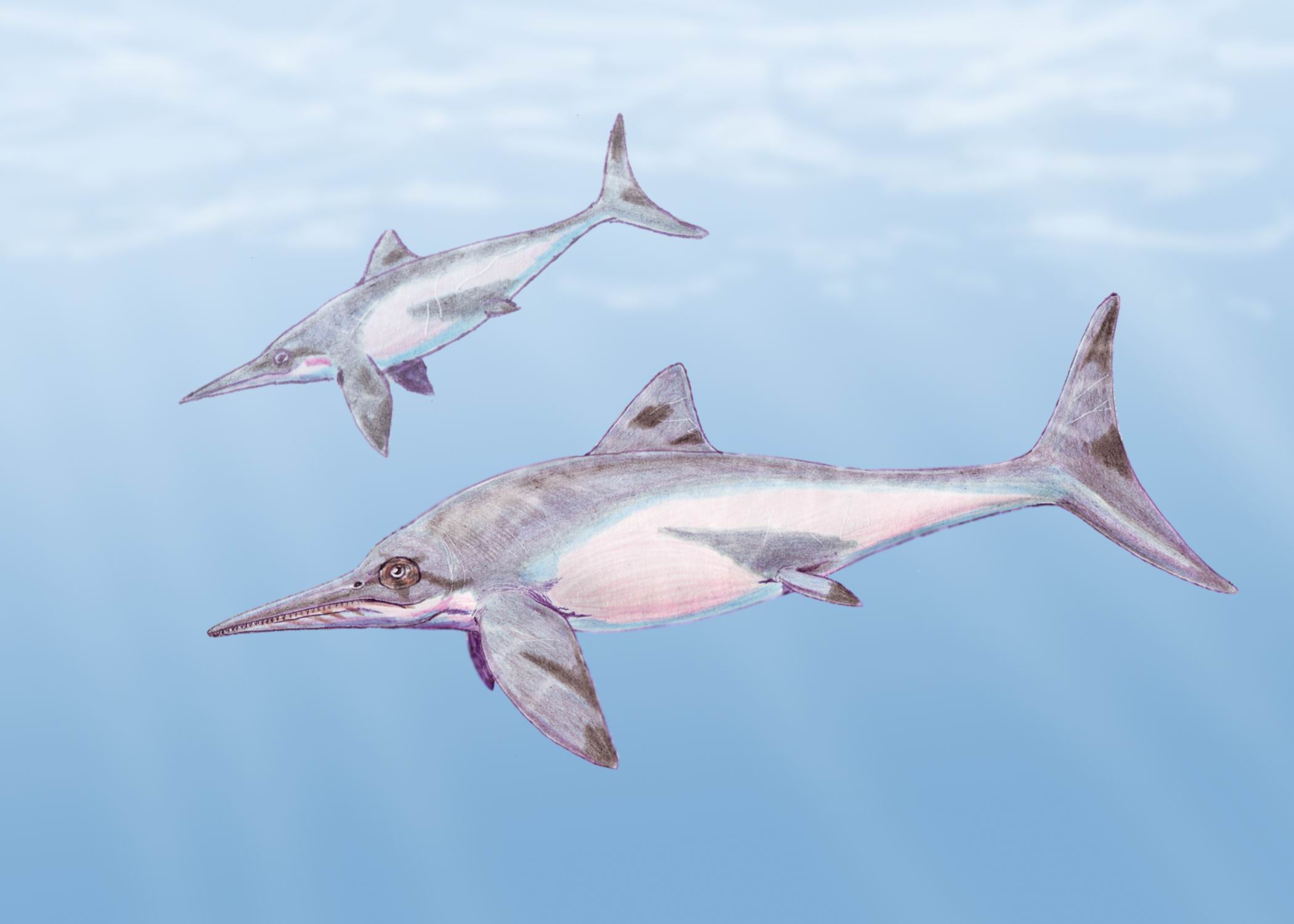
The remains of a 180 million-year-old ichthyosaur (literally ‘fish-lizard’) have been analyzed, and the fossil is so well-preserved that its soft-tissues retain some of their original pliability.
The dolphin-like marine reptile resembles its distant relative in more than appearance, according to an international team of researchers that includes scientists from North Carolina State University and Sweden’s Lund University.
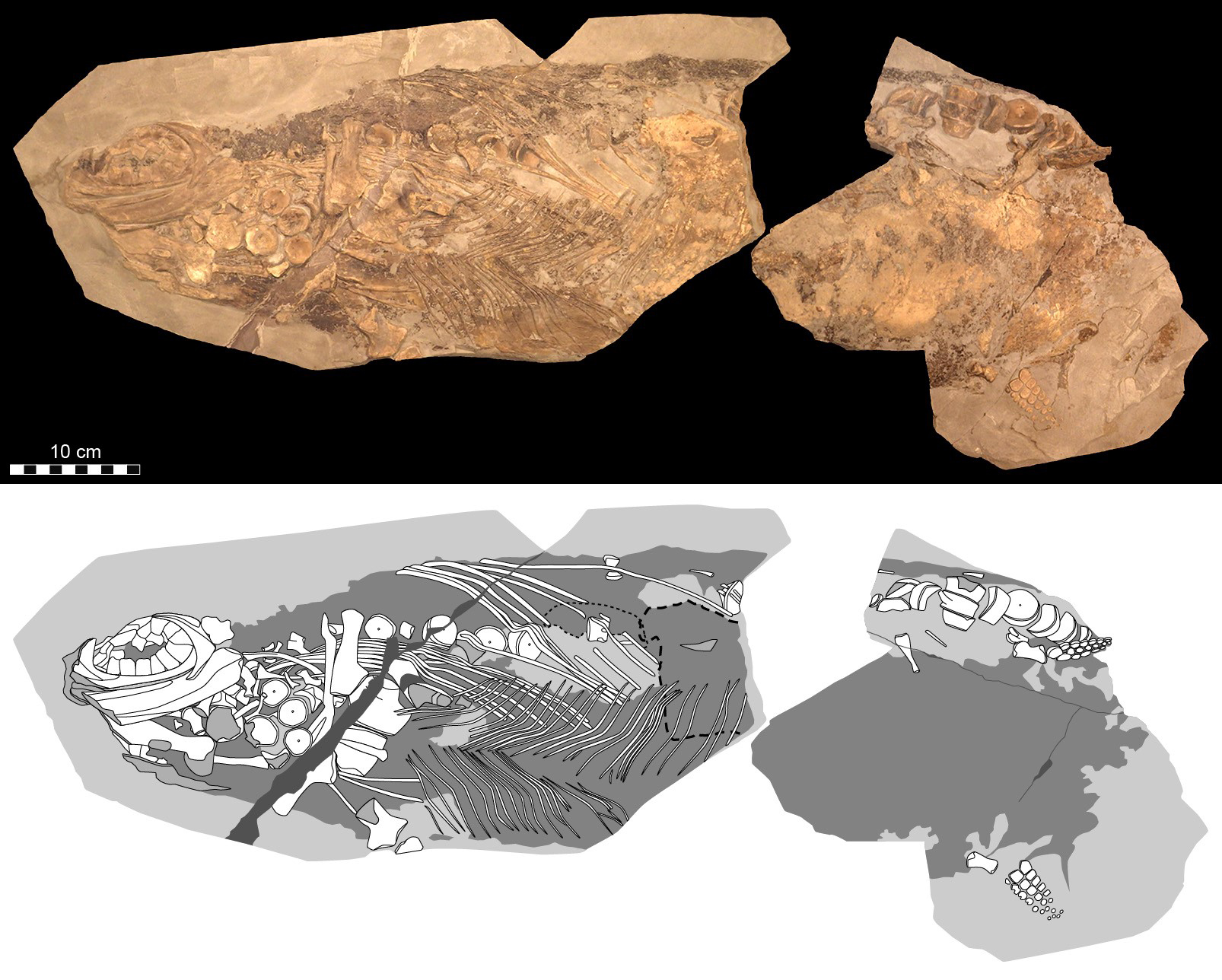
The 180-million-year-old ichthyosaur fossil, found in southwest Germany, provides the best evidence yet that Stenopterygius ichthyosaur were warm-blooded creatures and suggests the Jurassic-era “fish lizard” had more in common with modern whales and dolphins than we thought.
“You can clearly see both the body outline and remains of internal organs,”
“We can even distinguish the different cellular layers within the skin.”
– lead researcher Johan Lindgren, of Lund University in Sweden, said in a statement.
Johan Lindgren, associate professor at Sweden’s Lund University and lead author of a paper describing the work, put together an international team to analyze an approximately 180 million-year-old Stenopterygius fossil from the Holzmaden quarry in Germany.
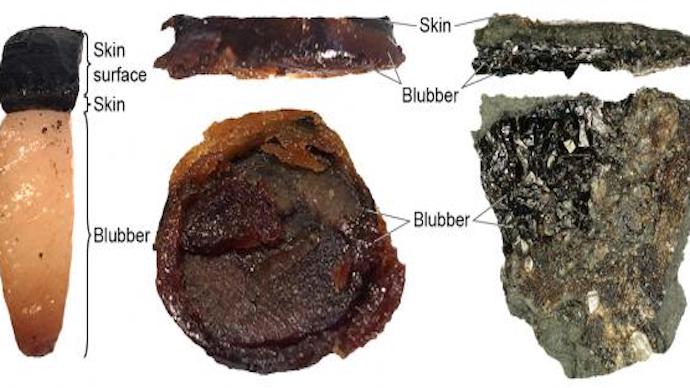
The researchers found pigment cells concentrated on the dorsal side of the creature’s body. Molecular and microstructural analysis of these cells reveals that these animals were most likely warm-blooded, had insulating blubber and used their coloration as camouflage from predators. The Jurassic-era ichthyosaur, therefore, appears to have shared qualities of both a mammal and a reptile.
The research team then used high-powered spectroscopes and x-rays, scanned the fossil for melanin and reconstructed the melanophores in 3-D. Among other things, the team found that, like many marine animals today, the ichthyosaur’s back was darker in color than its belly. This form of coloration, called countershading, would have helped the animal disguise itself in the water and regulate its body temperature.
The researchers argue that the new findings offer valuable additions and insight into the concept of convergent evolution; whereby organisms not closely related independently evolve similar traits as a result of having to adapt to similar environments or ecological niches.
Ichthyosaurs thrived during much of the Mesozoic era; based on fossil evidence, they first appeared around 250 million years ago and at least one species survived until about 90 million years ago, into the Late Cretaceous.
Reference:
Johan Lindgren et al. Soft-tissue evidence for homeothermy and crypsis in a Jurassic ichthyosaur DOI https://doi.org/10.1038/s41586-018-0775-x


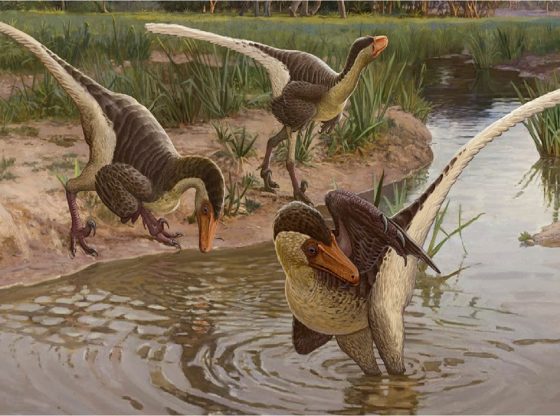


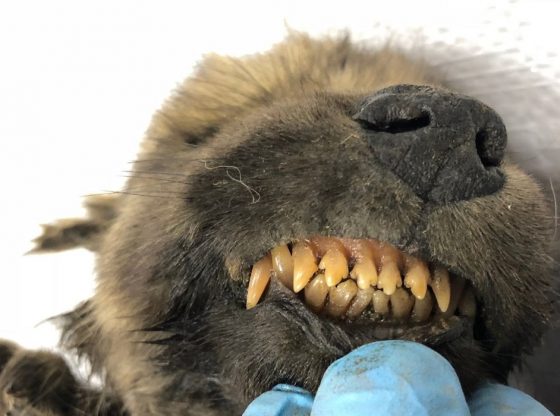
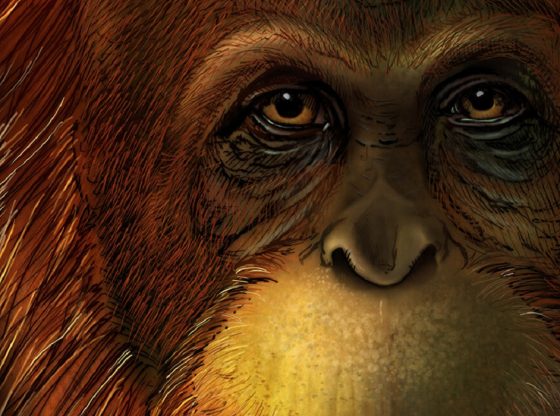

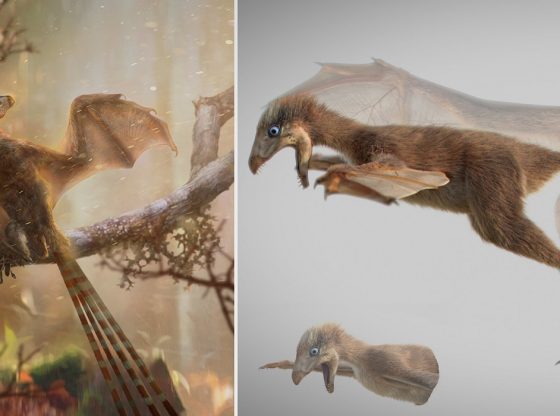
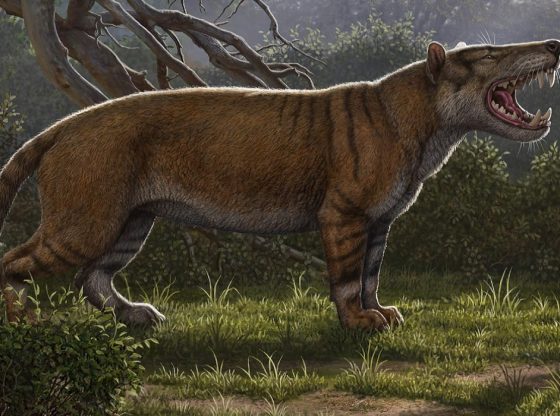

![OpenAI. (2025). ChatGPT [Large language model]. https://chatgpt.com](https://www.illustratedcuriosity.com/files/media/55136/b1b0b614-5b72-486c-901d-ff244549d67a-350x260.webp)
![OpenAI. (2025). ChatGPT [Large language model]. https://chatgpt.com](https://www.illustratedcuriosity.com/files/media/55124/79bc18fa-f616-4951-856f-cc724ad5d497-350x260.webp)
![OpenAI. (2025). ChatGPT [Large language model]. https://chatgpt.com](https://www.illustratedcuriosity.com/files/media/55099/2638a982-b4de-4913-8a1c-1479df352bf3-350x260.webp)








